Airborne dust is created whenever a dry material is moved, manipulated, and subjected to air currents strong enough to raise or redirect the small particles within the body of material. One of the most common circumstances in which this occurs is conveyor transfer points where loading, unloading, or transit of the material creates air currents that carry the dust away from the material-handling system.
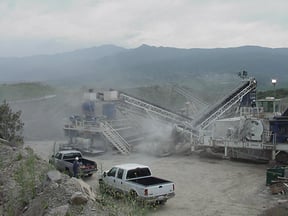
Dust emissions in conveying can be significantly reduced with an engineered transfer system, an effective sealing system, the addition of a dust-suppression system and/or the use of an effective dust-collection system.
The first consideration in dust control should always be the minimization of the amount of dust actually created. While it is unlikely dust can be completely eliminated, any change in system design or production technique that will reduce the amount of dust produced should be considered. For example, if the energy released by the falling stream of material at the impact area can be reduced, then less energy will be imparted to the material, and fewer dust particles will be created or driven off. Consequently, it is best to design conveyor systems with minimal material-drop distances.
This type of improved engineering can be undertaken as a retrofit, or it can be considered at the initial plant-design stage. Methods to reduce the dust created through better engineering include, but are not limited to:
- Shortening drops between conveyors.
- Loading material in the same direction as the receiving belt is moving.
- Avoiding drastic changes in material trajectory.
Maintaining a cohesive material stream while controlling the flow of air into and out of the transfer point.
These methods can be achieved through a combination of proper conveyor layout and creative design of conveyor transfers. For example, an engineered chute incorporating a “hood and spoon” can be of great assistance in achieving these methods. Other engineering improvements are available to make dramatic reductions in the creating and release of airborne dust. The success of these improvements can eliminate the need for, or greatly reduce the size and costs of, dust-collection and dust-suppression systems.
See Also: Methods of Belt Conveyor Dust Management Part 2 | Part 3 | Part 4
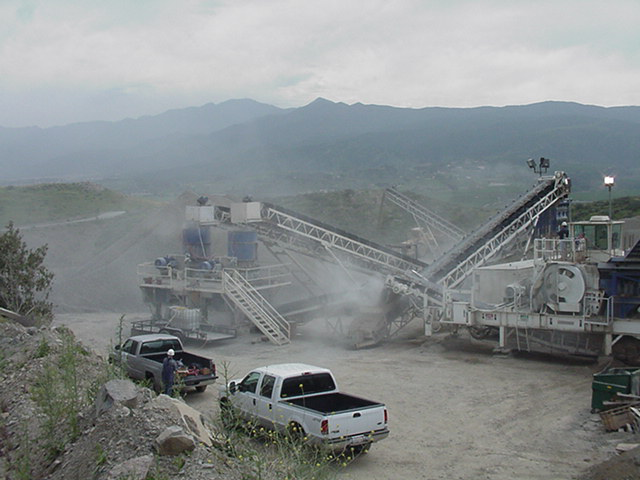

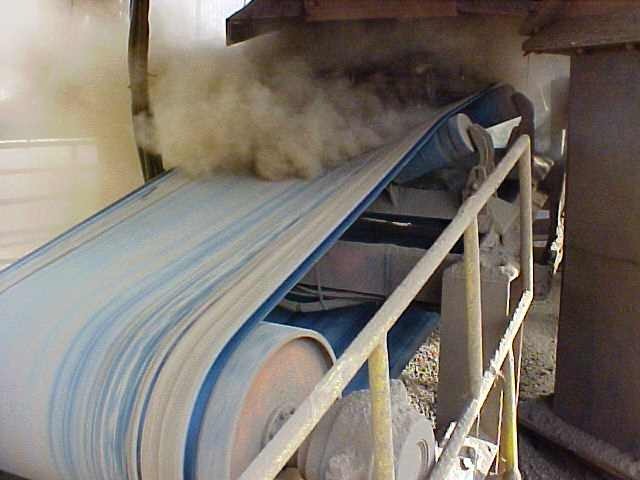

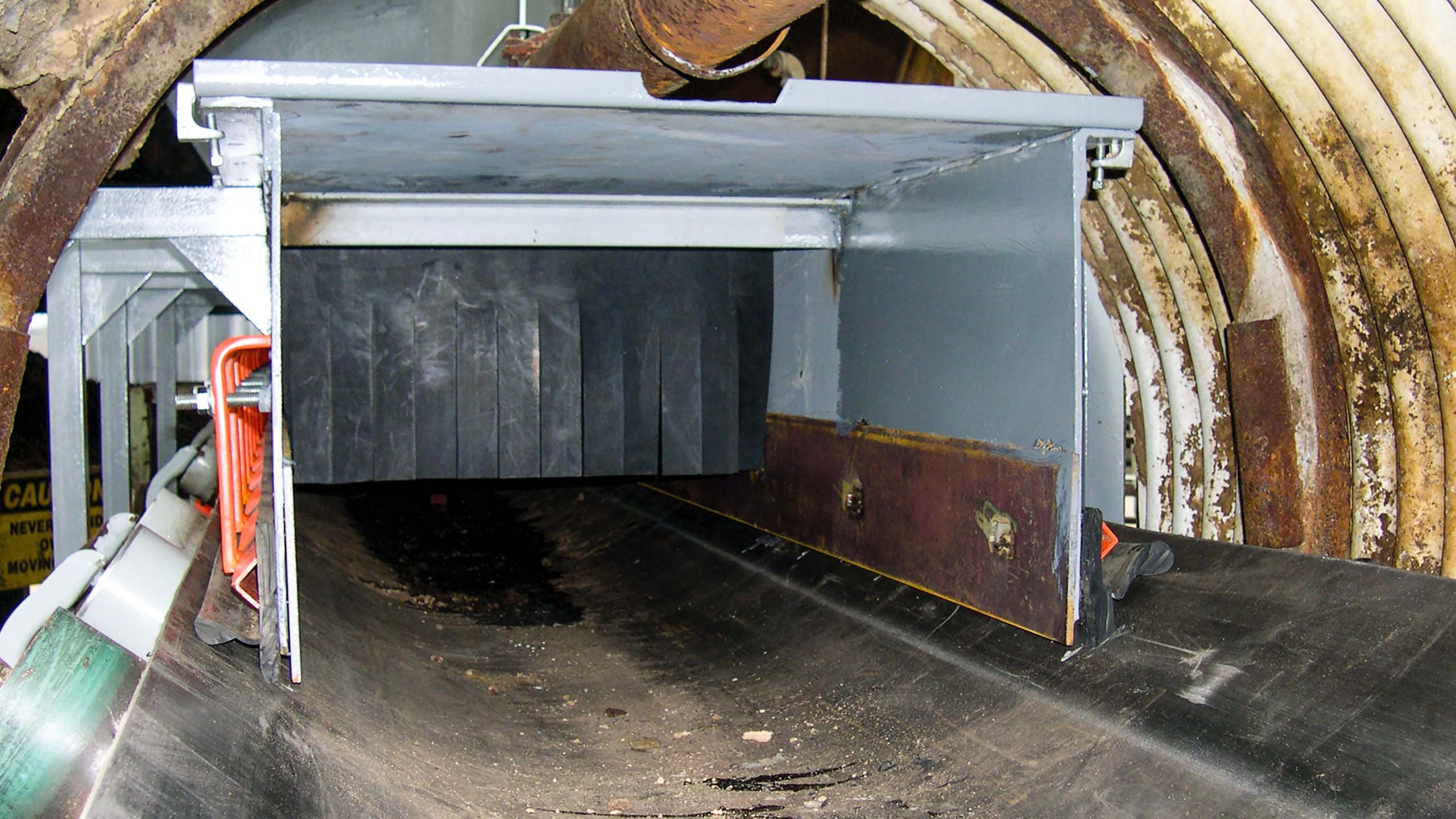



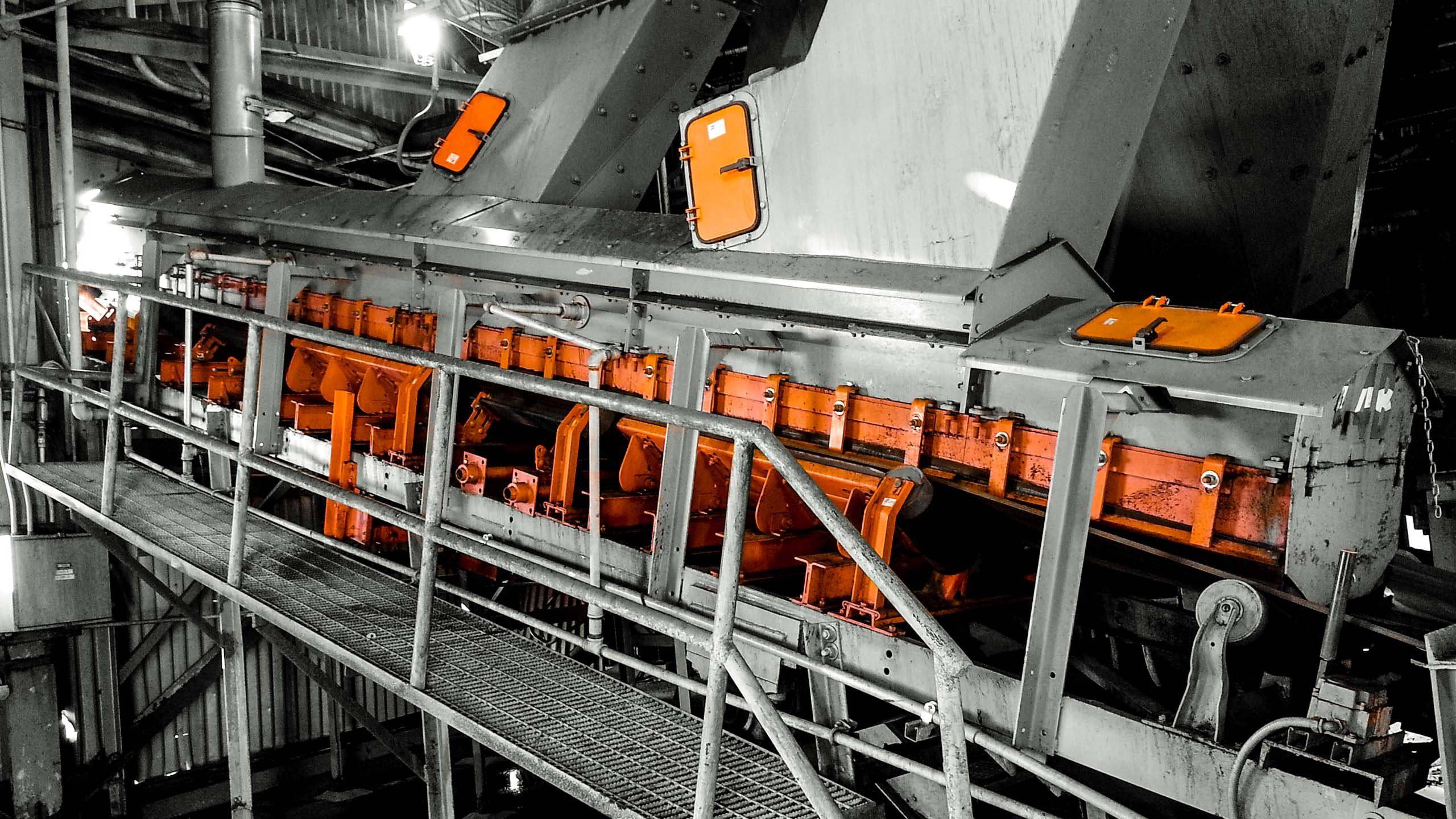












Leave Comment